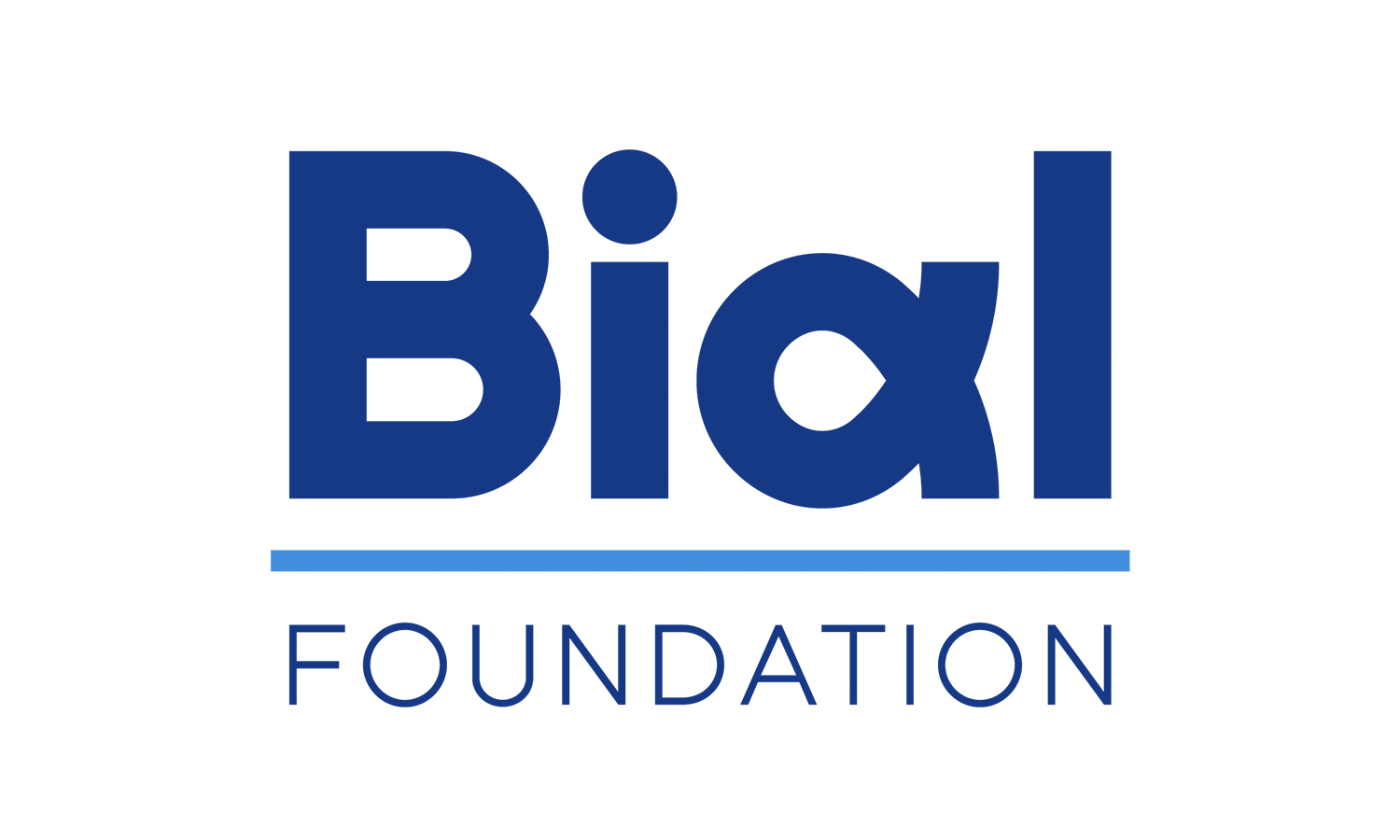It is a technique used for decades to treat mental disorders such as epilepsy or hyperactivity, but its clinical effectiveness remains controversial. A study of neurofeedback reveals that the behavioural effects seem to be the same whether real or sham feedback is given.
In 2006 reporter Russell Adams of the Wall Street Journal revealed to the world that AC Milan football players and other athletes, such as tennis players, golfers, gymnasts and skiers, had resorted to neurofeedback to improve their performance. This non-invasive neuro-behavioural technique consists of placing sensors on the patient's scalp to measure brain activity and train repeatedly, through movies or computer games, to self-regulate their brain.
The use of neurofeedback dates to 1958 and began by focusing on treating the neural correlates of mental disorders, such as autism, epilepsy, ADHD, anxiety, and depression. More recently, it has also been used by individuals with no clinical diagnosis to increase their ability to concentrate and perform athletically.
Our neurons communicate through electrical discharges that can be amplified and decoded by electroencephalography (EEG) devices. Neurofeedback usually uses the EEG to identify brain waves, their patterns, amplitudes and frequencies, and allows brain activity to be trained through games and images projected on a monitor, in order to modify brain wave patterns and promote the capacity for self-regulation.
The clinical effectiveness of neurofeedback has proven to be as promising as it is controversial. In this context, a team of researchers led by Amir Raz, which also included Robert T. Thibault, both from the Montreal Neurological Institute, McGill University (Canada), studied the latest technological advances in the field of human brain imaging. With support from the BIAL Foundation, the researchers reviewed the literature, conducted experiments, and analysed different imaging modalities for neurofeedback, including EEG, functional magnetic resonance imaging (fMRI), and magnetoencephalography (MEG).
Regarding EEG neurofeedback the researchers found that the motivation of participants, their trust in the brain imaging technology, and their expectation had greater influence on their behavioural improvements than observing their own brain patterns. So, it is not necessary to inform the patient about the results achieved to reach the expected behavioural effect. “It means that when we give patients real or sham feedback, we get the same result. This has a lot of repercussions because this kind of placebo effect changes the whole way that we think about neurofeedback” reflects Amir Raz.
In parallel, findings from an increasing number of studies indicate that fMRI or MEG neurofeedback appears to help guide participants toward neural self-regulation. There is, however, a relevant aspect with the fMRI technique, which is related to the body position in which the studies are carried out. In effect, in fMRI the participant is lying down (typically supine, i.e. “on their back”). An experiment with 12 participants, subjected to the MEG technique in three orthostatic conditions (lying supine, reclined at 45°, and sitting upright), demonstrated that the upright posture increases left-hemisphere high-frequency neural activity over common speech areas and pairs with a more alert brain state. The effectiveness of neurofeedback could partially depend on factors such as body posture.
The authors found that neurofeedback modalities differ greatly in the degree of brain regulation and the behavioural changes they can induce. Raz and Thibault then recommend that future neurofeedback experiments employ robust designs and account for postural discrepancies.
Learn more about the study “Recursive consciousness training: Using neurofeedback to induce altered states” here.






















































